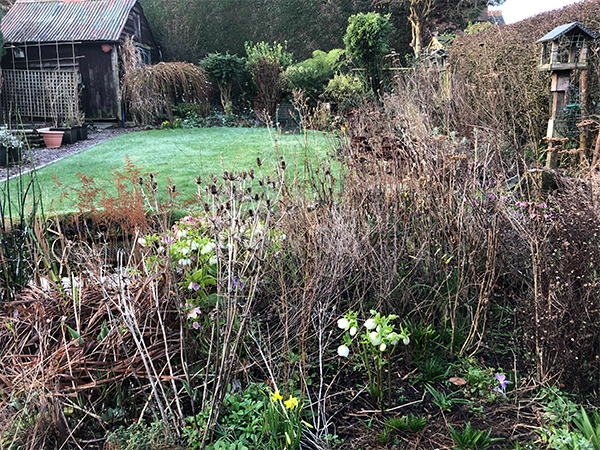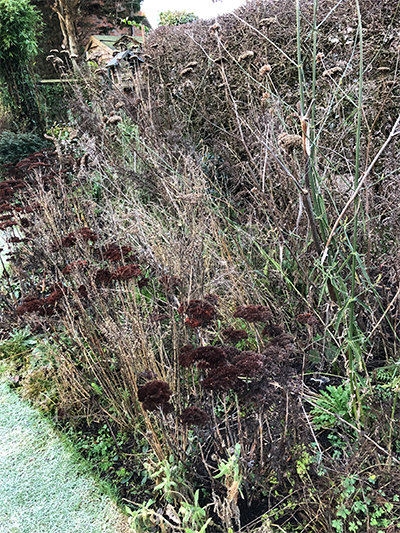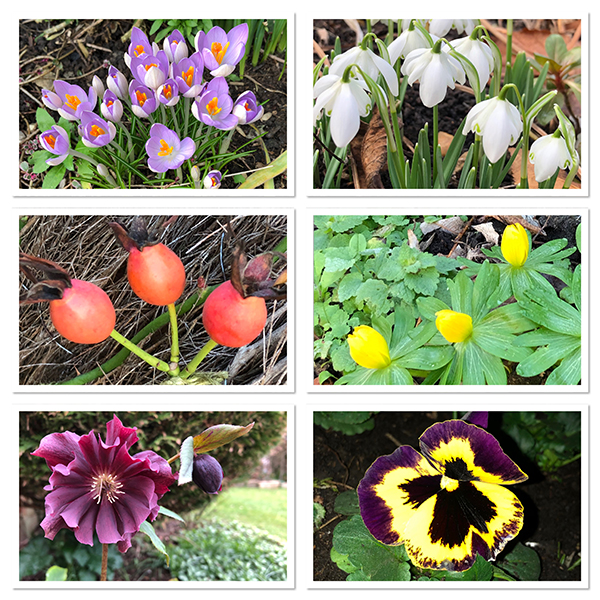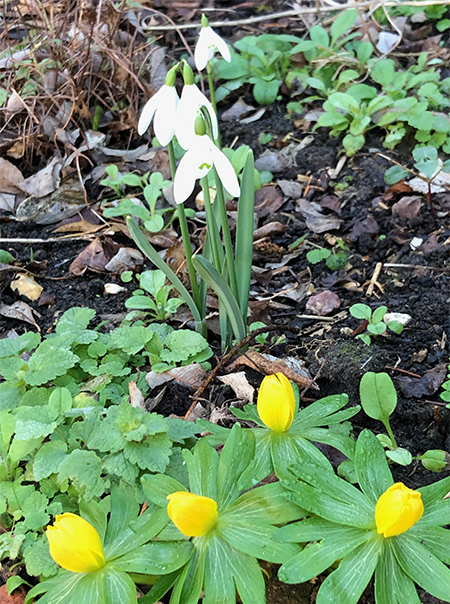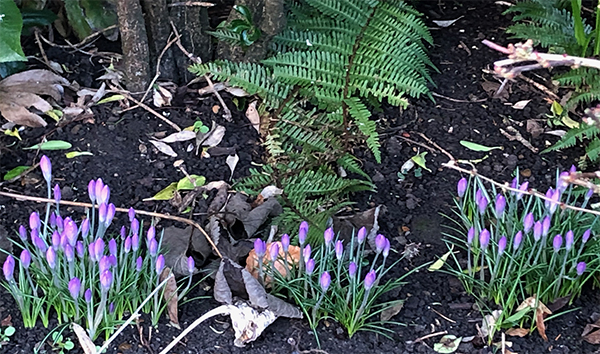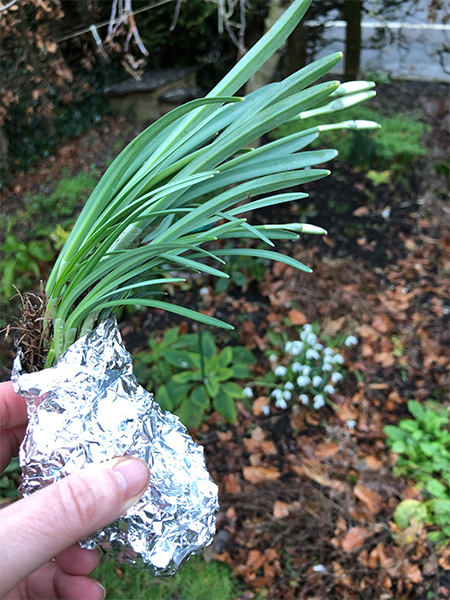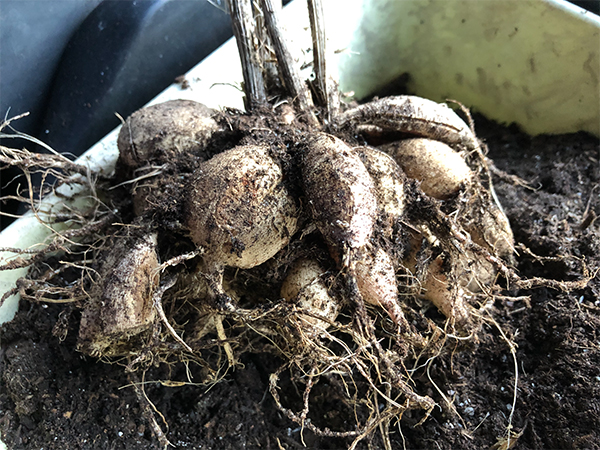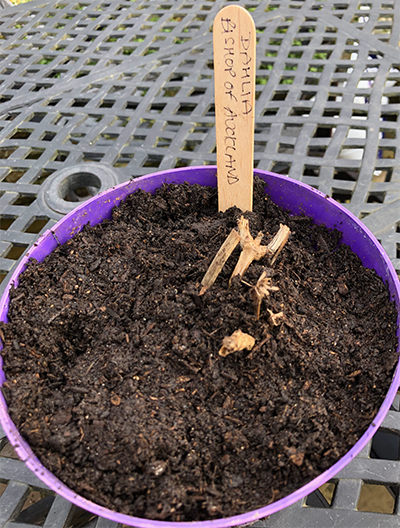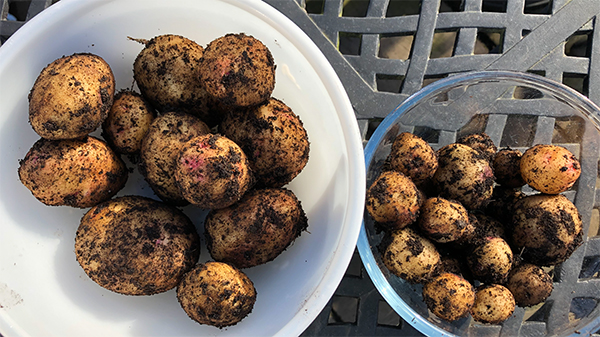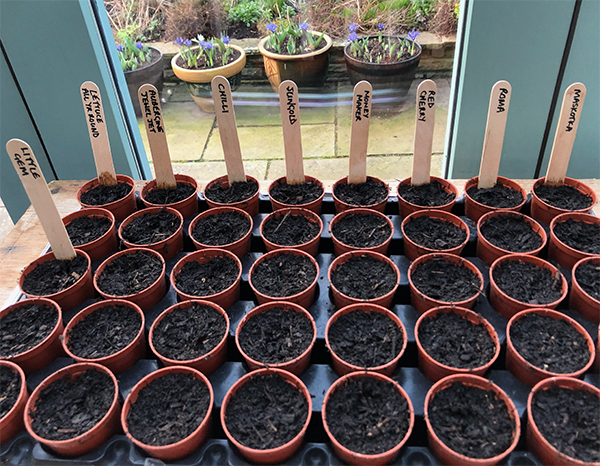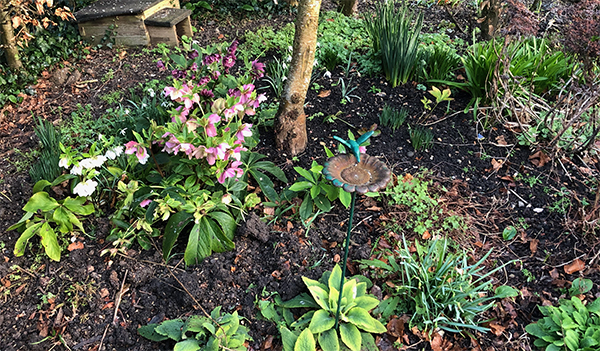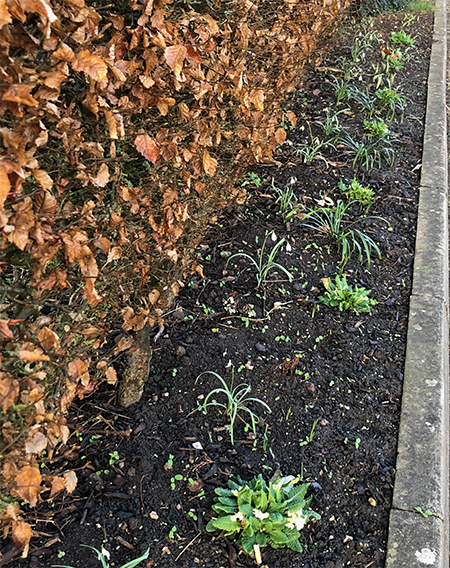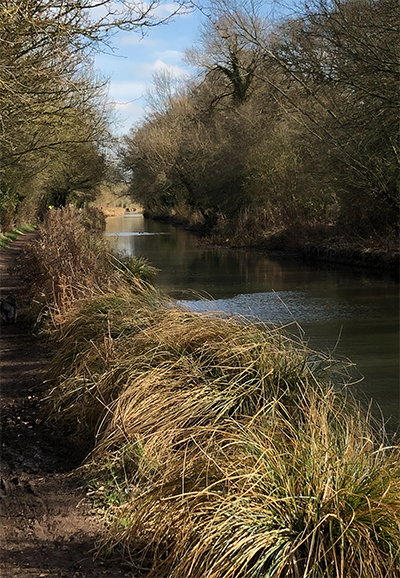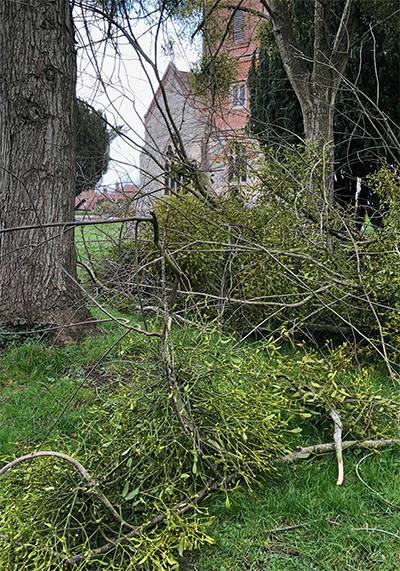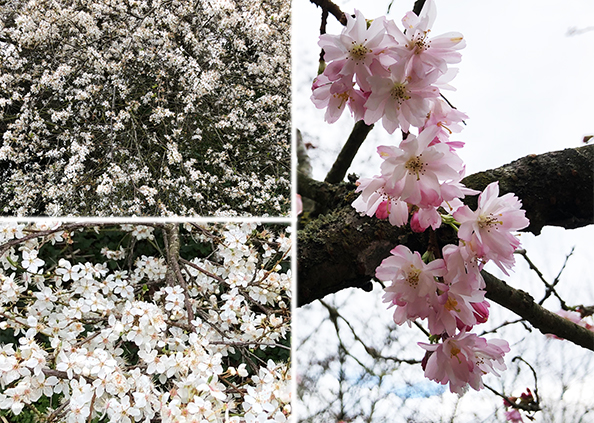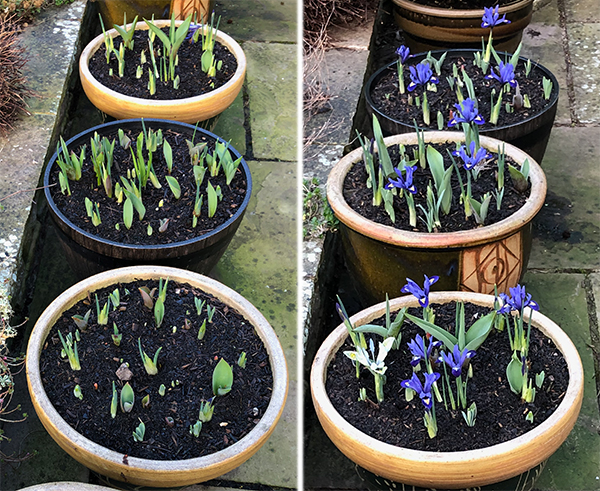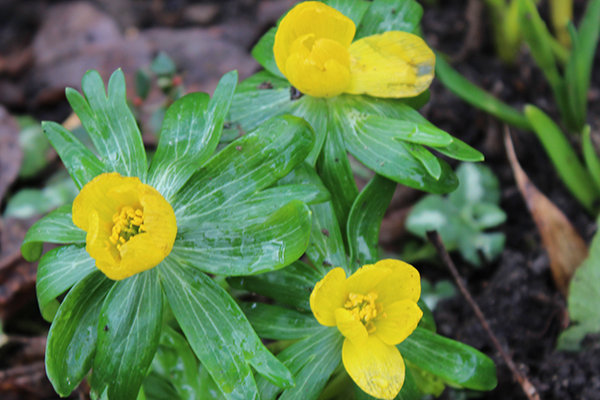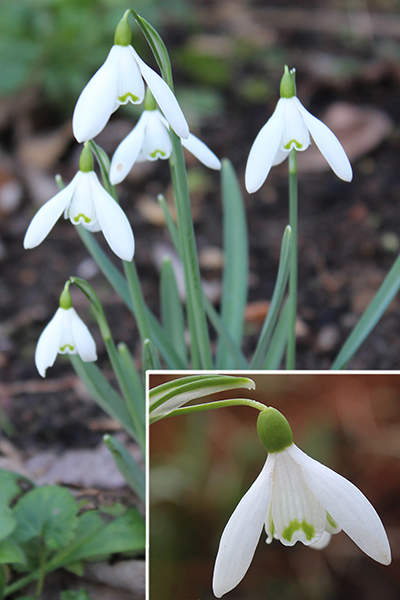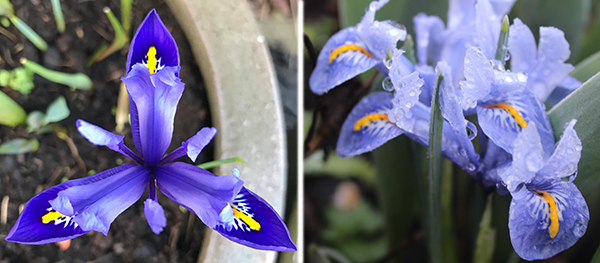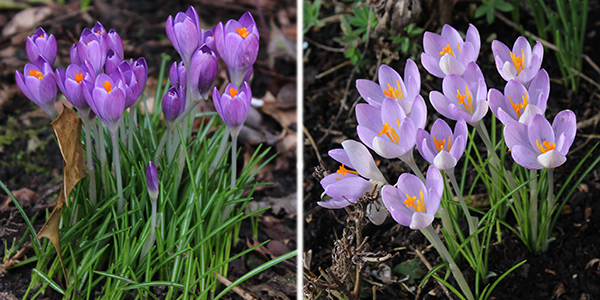A few years ago there weren’t any snowdrops in my garden. I started by planting some dry bulbs in autumn, but when they failed to emerge the following year I did my research and began to plant snowdrops ‘in the green’ in the hope that one day I would have a dazzling display, the envy of every galanthophile.
I’ve planted a few clumps every year for about 5 years now and, to be honest, it’s still a battle to get them to grow. They certainly haven’t spread into the carpets of snowdrops that I long for.
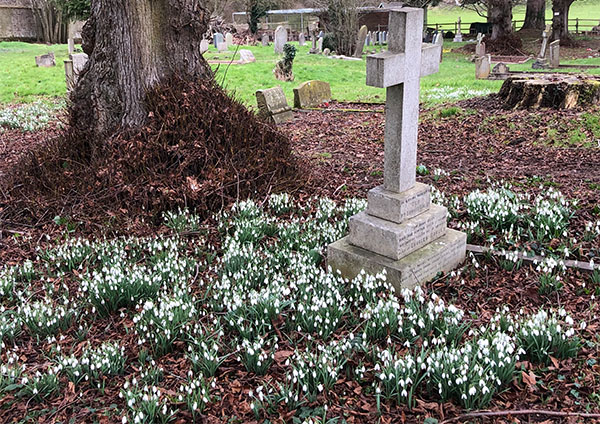
Although the individual clumps have got bigger.
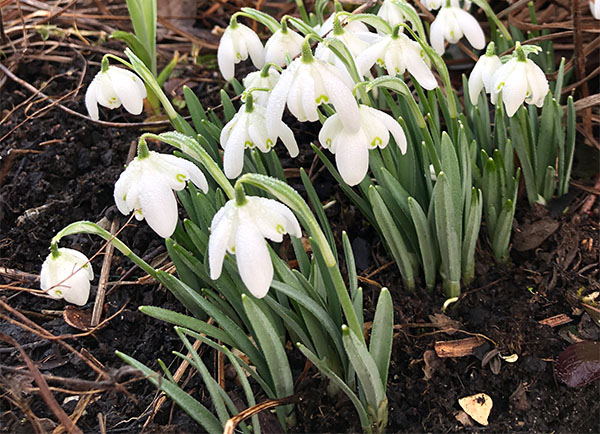
Drying out
I expect this is because the foundation of my soil is clay. Despite all the organic material I add, it has a tendency to dry out in dry summers – and we’ve certainly had a few dry summers! Unlike daffodils and tulips, snowdrop bulbs do not have a water-retaining skin, so they dry out very quickly. And a dry snowdrop bulb is a dead snowdrop bulb. So, thinking about, I should just be grateful I’ve got any snowdrops after last summer’s soaring temperatures.
But I keep persevering, as nothing else in the garden puts a smile on my face in January and February quite like a bunch of snowdrops does. And I have a few decent clumps dotted around the garden now.
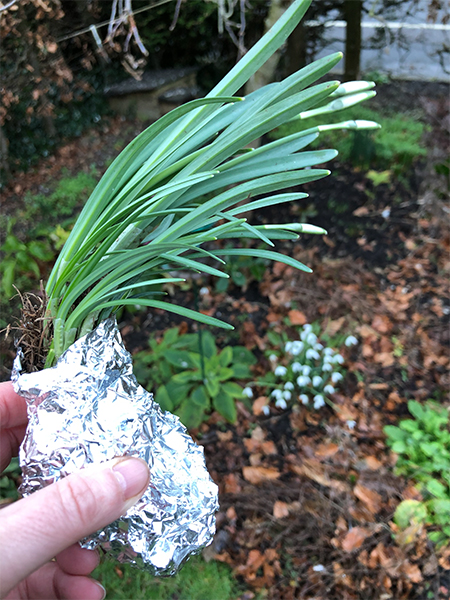
Curbside snowdrops
This week, I handed over another tenner at my local garden centre for 3 more bunches of snowdrops in the green.
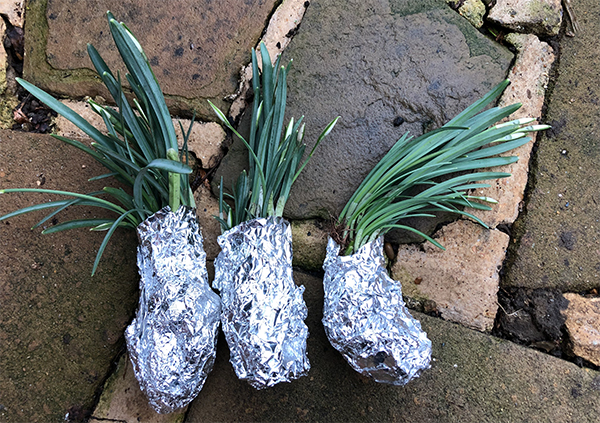
I split each clump down into three smaller clumps…
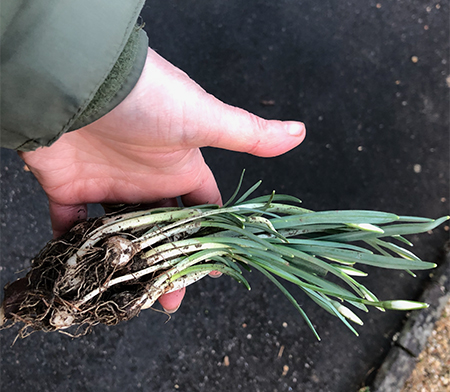
And dotted them under the hedge along the curbside in the front garden.
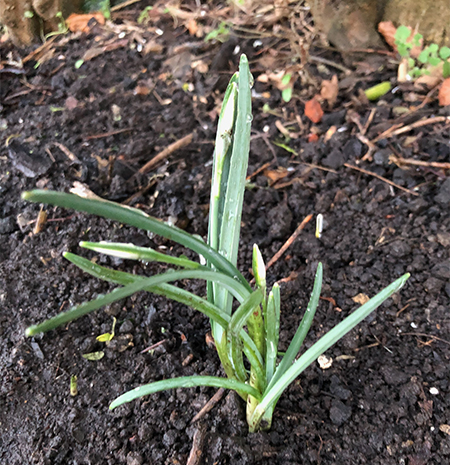
They’ve got quite a few buds on them, so I might even get a few flowers this year.
So, I will keep persevering with snowdrops. How can I resist?!

Are you having success with snowdrops? If so, I’d welcome any tips!

